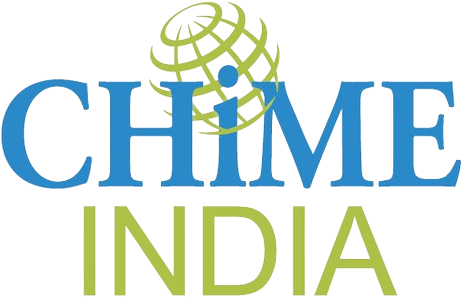Written by : Aishwarya Sarthe
February 19, 2024

The guidelines seek to standardize and streamline the sampling process while ensuring a more centralized approach toward maintaining data on drug quality.
Central Drugs Standard Control Organization (CDSCO) has unveiled comprehensive regulatory guidelines for the sampling of drugs, cosmetics, and medical devices to enhance drug quality surveillance across India.
The guidelines seek to standardize and streamline the sampling process while ensuring a more centralized approach toward maintaining data on drug quality.
The newly released regulatory guidelines by CDSCO aim to address the existing challenges in drug quality surveillance by providing a systematic framework for sampling procedures.
One of the key objectives of these guidelines is to leverage available information and identified risks to guide the selection of samples and sampling locations across various urban, suburban, and rural settings. By doing so, the regulatory body seeks to cover a wide array of drugs, cosmetics, and medical devices circulating in the market, ensuring a more comprehensive assessment of product quality.
According to a statement by the drug regulator, the guidelines will facilitate more effective surveillance of the quality and efficacy of drugs and cosmetics available in the market. By adopting a uniform drug sampling methodology, drug inspectors under both state and central regulatory authorities will be better equipped to monitor product quality and ensure compliance with regulatory standards.
The regulatory guidelines emphasize the importance of utilizing available information and identifying risks during the selection of samples and sampling locations.
This approach enables the coverage of a wide variety of drugs, cosmetics, and medical devices distributed across urban, suburban, and rural areas. By maintaining a centralized monthly list of non-standard quality (NSQ) and spurious drugs, the CDSCO aims to prevent their further use in the market.
"The guideline will be useful for effective surveillance for quality & efficacy of drugs & cosmetics available in the market by adopting uniform drug sampling methodology for drug inspectors under drug regulatory authorities of state and central," said a spokesperson from the drug regulatory authority on condition of anonymity.
Additionally, as per the regulatory guidelines, drug inspectors are required to prepare monthly and annual sampling plans, considering various factors such as identified risks and geographic locations.
The sampling plan should encompass rural and tribal areas, ensuring comprehensive coverage across different regions. To avoid repetitive sampling of one brand and to maximize the variety of products tested, the annual sampling plan undergoes review at the headquarters of respective offices.
During sampling activities, drug inspectors are directed to consider various risk factors that may affect the quality of drugs. These factors include feedback from stakeholders, sampling schedules provided by the CDSCO, and alerts regarding spurious drugs issued by regulatory authorities.
The guidelines also specify that inspectors should draw samples from different therapeutic categories, formulations, and manufacturers to ensure comprehensive testing.
To facilitate thorough testing, each drug inspector is required to collect at least ten samples per month, including drugs, excipients, formulations, cosmetics, or medical devices.
Moreover, the quantity of samples collected should be sufficient for testing and re-testing of all parameters. In cases where retail outlets lack adequate quantities for testing, priority is given to identification and assay tests to identify spurious products.
The guidelines also recognize the limitations of resources by spotlighting on parameters posing a higher risk to patients. Drug sampling is a costly task, and limited resources may restrict the number of samples collected. Therefore, applying risk analysis during sampling planning is essential to prioritize resources effectively.
The release of these regulatory guidelines aligns with the recommendations of the Drugs Consultative Committee (DCC) for establishing a uniform system in the country.
This system aims to facilitate quick actions concerning the dissemination of information and suspension or cancellation of licenses for the sale of spurious products. All states have agreed to share data related to non-standard quality (NSQ) and spurious products on a monthly basis to strengthen regulatory measures.
The CDSCO's release of regulatory guidelines for sampling marks a significant step towards enhancing drug surveillance and ensuring the quality and efficacy of pharmaceutical products and cosmetics in India. By adopting uniform methodologies and prioritizing risk factors, regulatory authorities aim to safeguard public health and promote consumer confidence in the market.
The College of Healthcare Information Management Executives (CHIME) is an executive organization dedicated to serving senior digital health leaders. CHIME includes more than 5,000 members in 56 countries and two US territories and partners with over 150 healthcare IT businesses and professional services firms. CHIME enables its members and business partners to collaborate, exchange ideas, develop professionally and advocate the effective use of information management to improve the health and care throughout the communities they serve. CHIME's members are chief information officers (CIOs), chief medical information officers (CMIOs), chief nursing information officers (CNIOs), chief innovation officers (CIOs), chief digital officers (CDOs), and other senior healthcare leaders. The CHIME India Chapter became the first international chapter outside North America in 2016 and is now a community of over 70+ members in India. For more information, please visit www.chimecentral.org
